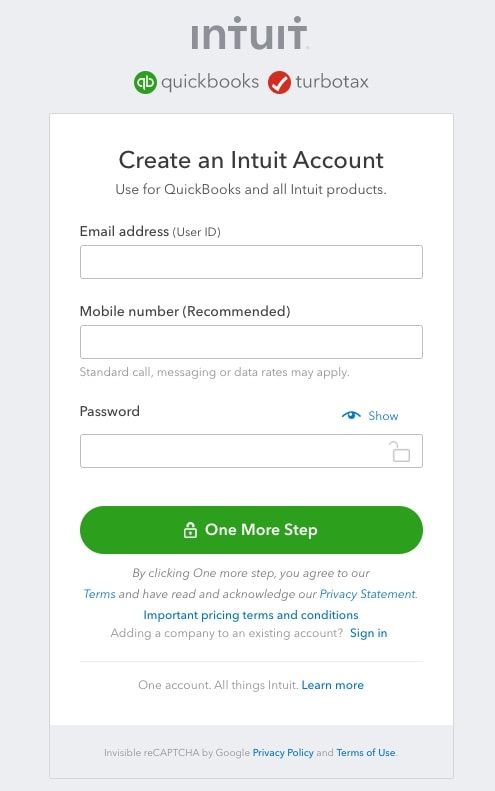Turn on suggestions
Auto-suggest helps you quickly narrow down your search results by suggesting possible matches as you type.
Showing results for
I have a customer that always bounces checks. The initial deposit (with several other checks) hits my bank and the quickbooks feed, then a couple days after the check bounces. When it bounces, it gets deducted from that current days deposit (with several other checks). Then, a week or so later the customer tells me to deposit the check again as there are sufficient funds now....
Now for the predicament...the invoice still shows paid on the customers account.
Quickbooks customer service has been telling me to make an additional duplicate invoice and match second deposit to it. Yes that works, however if you're striving for accurate accounting books you are OVERSTATING REVENUE!
Any suggestions would be really helpful.
Hi there, JennyP714,
I appreciate you sharing what had happened to the customer's payment.
You can void the original invoice, then create a new one to match it with the second deposit posted in the bank feeds.
Here's how to void it:

This voids the transaction and associated payments from the day you created the original transaction. If you want to include the void date, add a note to the memo section.
You can always use the Audit Log feature to recover the transaction. Then use the same details when you re-create the invoice.
I've also added this article, How to enter a bounced check for other ways to record the Non-Sufficient Funds (NSF) in QuickBooks Online.
Keep me posted if you have follow-up questions, I'm happy to provide the information you need.
Hello Community Users, We just wanted to add a helpful article on how to record a bounced cheque that is relevant to this Community thread and gives a way to record this without having to create a second invoice. Any questions at all just ask, we'd be happy to help you here.

You have clicked a link to a site outside of the QuickBooks or ProFile Communities. By clicking "Continue", you will leave the community and be taken to that site instead.
